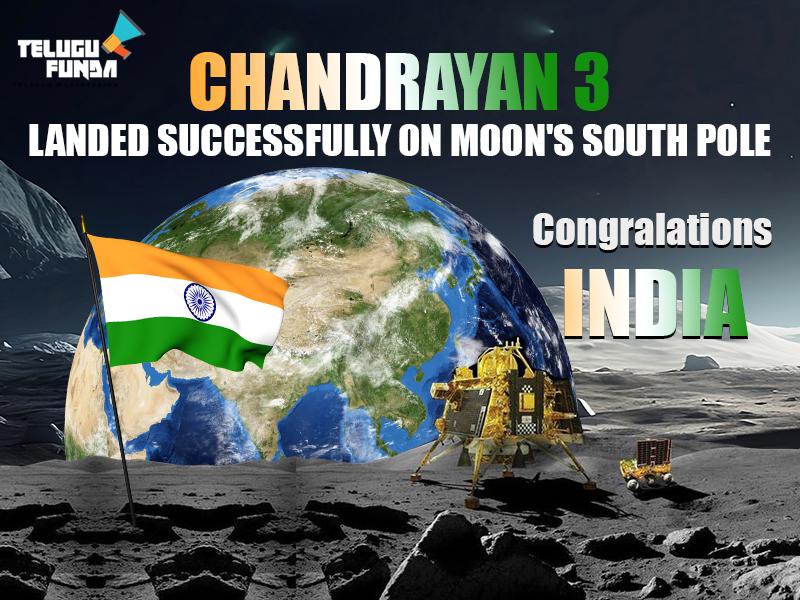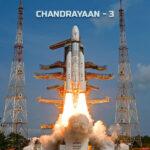In a momentous achievement for the Indian space program, Chandrayaan-3 has successfully executed a flawless lunar landing, marking a significant milestone in India’s space exploration journey. The ambitious mission, spearheaded by the Indian Space Research Organisation (ISRO), aimed to build upon the successes of its predecessors and further expand our understanding of the Moon’s geology and surface composition.
Chandrayaan-3’s journey to lunar success began when it was launched atop a GSLV Mk III rocket from the Satish Dhawan Space Centre on [Launch Date]. The spacecraft embarked on a trajectory that would eventually lead it to the Moon’s surface, following in the footsteps of Chandrayaan-1 and Chandrayaan-2.
Unlike Chandrayaan-2, which comprised both an orbiter and a lander/rover module, Chandrayaan-3 was designed as a dedicated lunar lander mission. The mission’s primary objective was to demonstrate India’s prowess in precision landing technologies, thereby paving the way for future lunar and interplanetary missions. The compact lander carried an array of scientific instruments that would allow scientists to study the Moon’s surface and gather valuable data.
As Chandrayaan-3 approached its destination, the ISRO team meticulously executed a series of complex maneuvers to ensure a safe and accurate landing. The final descent, often referred to as the “seven minutes of terror,” involved navigating through the Moon’s exosphere and overcoming gravitational challenges to gently touch down on the designated landing site near the lunar south pole.
The tense moments in the mission control room were met with a collective sigh of relief as telemetry data confirmed a successful landing. The lander’s onboard cameras began to transmit captivating images of the Moon’s surface, giving the world a firsthand look at the previously unexplored region.
The scientific community eagerly anticipates the wealth of information that Chandrayaan-3 will provide. The lander’s payload includes tools for analyzing the Moon’s composition, studying its topography, and investigating its thermal properties. This data could shed light on the Moon’s geological history, the presence of water ice, and other significant discoveries that might hold implications for future lunar colonization efforts.
Chandrayaan-3’s success is not only a testament to India’s growing expertise in space technology but also underscores the nation’s commitment to advancing our understanding of the cosmos. The achievement reinforces India’s position as a formidable player in the international space arena and opens new avenues for collaboration and exploration.
In conclusion, the successful landing of Chandrayaan-3 stands as a remarkable achievement for India’s space program and a testament to the dedication and expertise of ISRO’s scientists and engineers. As data pours in from the lunar surface, scientists and space enthusiasts around the world eagerly await the insights that this mission will provide, propelling us closer to unraveling the mysteries of our celestial neighbor.










